what attracts spotted lanternflies
Adults have grey wings with black spots. It is an invasive pest with.
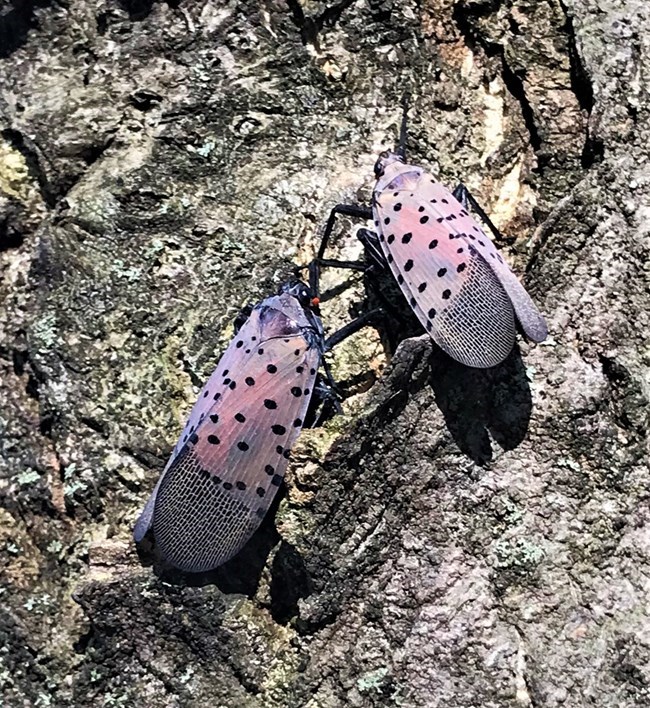
Spotted Lanternfly In Perspective U S National Park Service
Beginning in April place bands that are at least 6 inches 15 cm wide at chest height.

. Those that dont die immediately will be slow in movement. The insects dont know it is poisonous so they eat it and it kills them. At Green Giant we have observed that Spotted Lanternflies in the crawler stage which is the stage right after they emerge from their eggs seem to be attracted to trees with heavy sap content.
Bugs What Attracts Spotted Lanternflies The Great Outdoors Stack Exchange Share this post. Push pins can help to secure the band. The insects then feed on the sap which later poisons and kills them 4.
The spotted lanternflies also spread very quickly. Other notions suggest that lavender oil repels spotted lanternfly while spearmint oil attracts them. They lay eggs in late summer and autumn and those eggs can be unintentionally transported to any part of the country in.
Milkweed is a wildflower that attracts spotted lanternflies. Nymphs of spotted lanternflies are attracted to Tree of heaven maple willow apple grapevine pine cherries plums and other fruit trees and others. They dont eat the fruit from the.
Both products are expensive to apply and illegal to use in this manner. They can work wonders to eliminate existing insects. Is not their home.
Tree trunks building walls lawn chairs landscape rock and vehicles are. The adult spotted lanternfly is about 1 long. After consuming a trees sap spotted lanternflies release a liquid called honeydew This liquid is harmful because it attracts other destructive insects and can weaken.
Lantern flies are attracted to fruit trees but thats not all theyll feed on. The tree which is most preferred by the spotted lanternfly is known as the tree-of-heaven which is a species native to China and Taiwan. Ad Browse discover thousands of brands.
It appears that Spotted Lanternflies are attracted to Common Milkweed because the US. It is wise to put a sticky band. Bands should be replaced every two weeks until.
The tree of heaven otherwise known as Chinese sumac varnish tree stinking sumac and stink tree is highly desireable to spotted lanternflies. Spotted lanternflies lay eggs on nearly any hard surface and they hitchhike to new areas as humans move about. Which trees are affected by spotted lanternflies.
Spotted lanternflies are attracted to a wide variety of host plants and trees and their preferences keep changing with their lifecycle. WHAT ATTRACTS SPOTTED LANTERNFLIES. Theyre also known to eat various plants both indoor and outdoor along with flowering plants.
Read customer reviews find best sellers. When the spotted lanternfly opens its wings it reveals a bright red underwing.

Spotted Lanternfly Treatment Willow Tree And Landscape Services
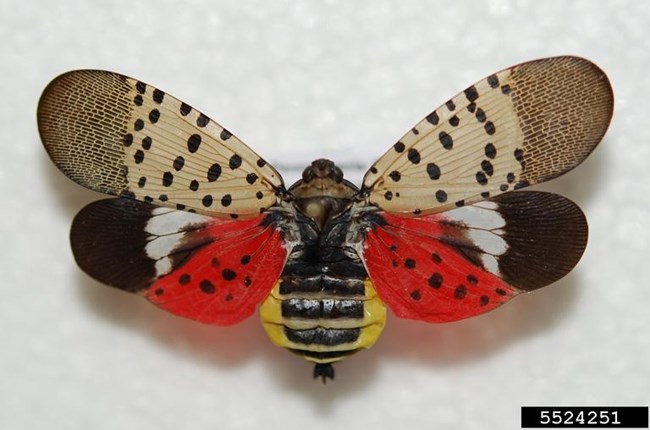
Spotted Lanternfly 101 U S National Park Service
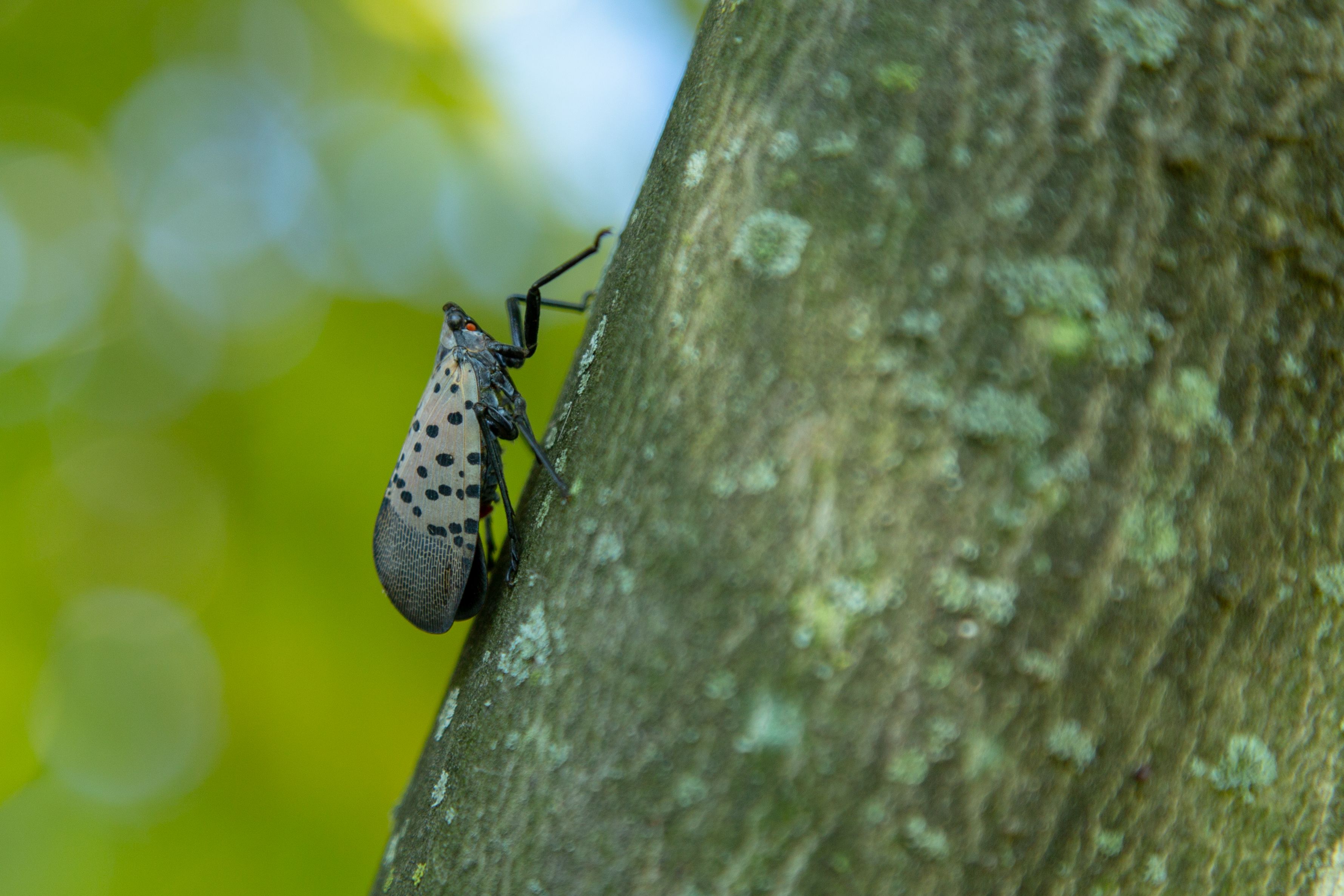
Spotted Lanternfly Delaware Department Of Agriculture State Of Delaware

Spotted Lanternflies In Disguise Ways To Trap Them And Common Myths This Weekend In The Garden Pennlive Com

Invasive Spotted Lanternflies Are Spreading To The Deer Woods Outdoor Life

List Of Known Host Plants Grows For Spotted Lanternfly
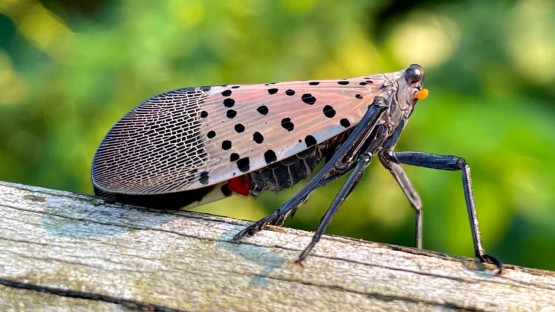
Spotted Lanternfly Spreading In New York State Cornell Chronicle

State Department Of Agriculture Asking Residents To Help Combat Spotted Lanternfly Agriculture And Markets
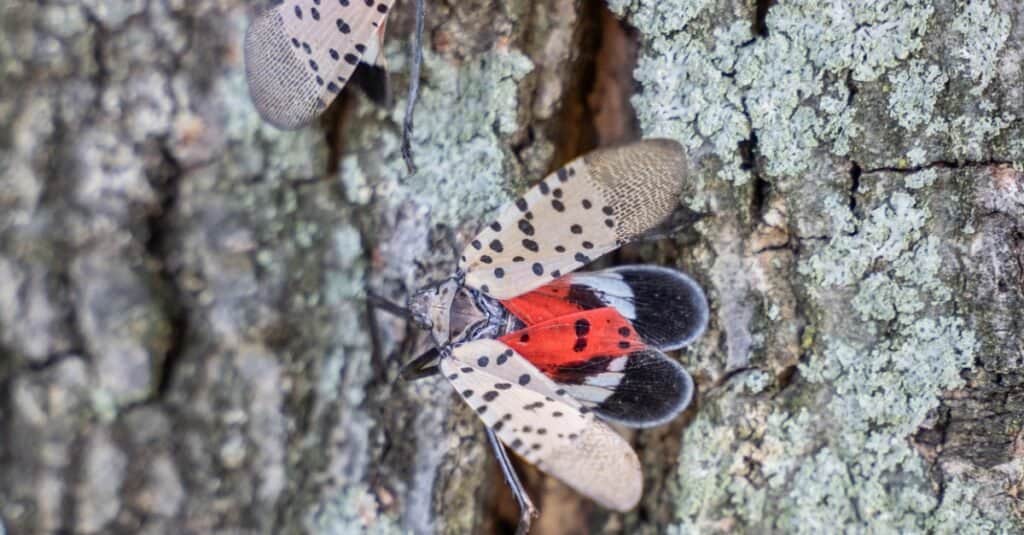
What Eats Spotted Lanternfly Do They Have Predators Az Animals

The Spotted Lanternfly 10 Tips To Fight The Infestation French Pickering
Keeping Tabs On The Spotted Lanternfly Nursery Management
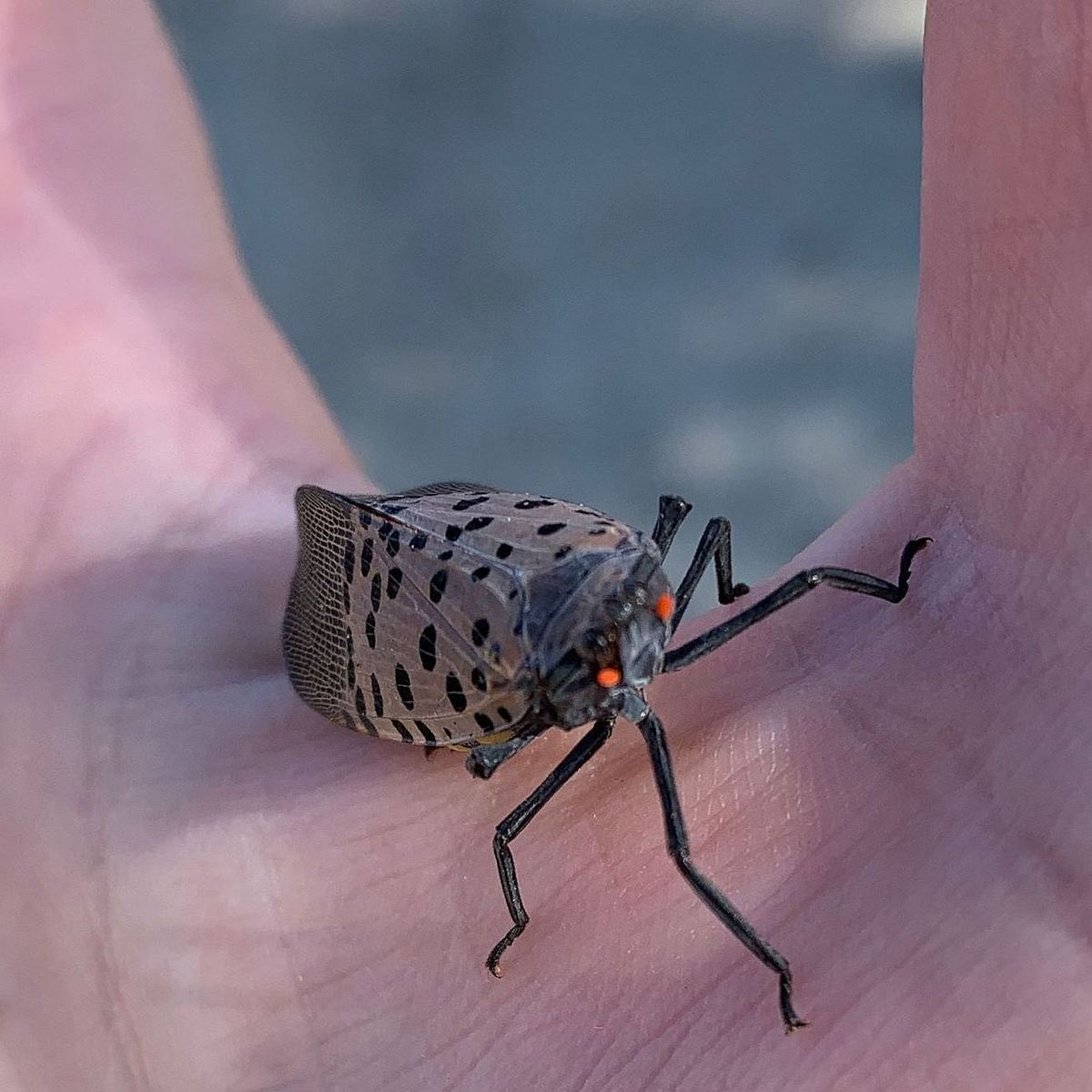
If You See A Pretty Spotted Lanternfly Report It Then Squash It The Brink Boston University

Spotted Lanternfly Good S Tree And Lawn Care
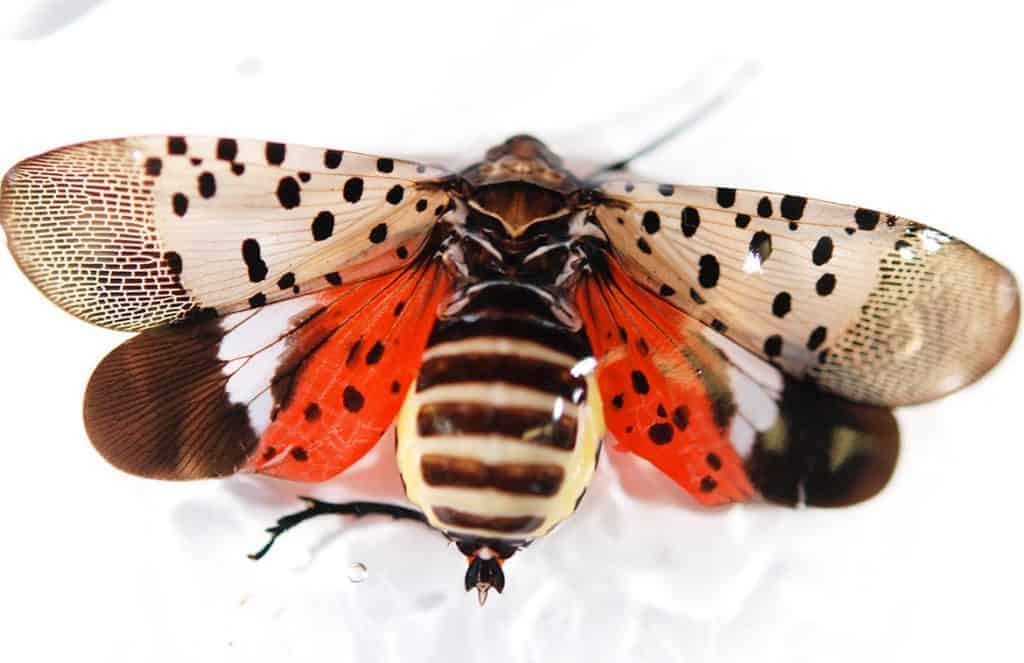
Identifying Spotted Lantern Flies In Pa Blog Lang S
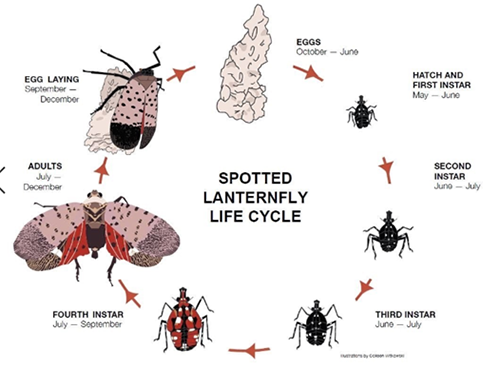
Spotted Lanternflies At Penn University Of Pennsylvania Almanac

Bugs What Attracts Spotted Lanternflies The Great Outdoors Stack Exchange

How To Manage And Control Spotted Lanternfly Gardener S Path Garden Pest Control Garden Pests Pests

Invasive Lanternfly May Be Vulnerable To Native Fungi The Adirondack Almanack
